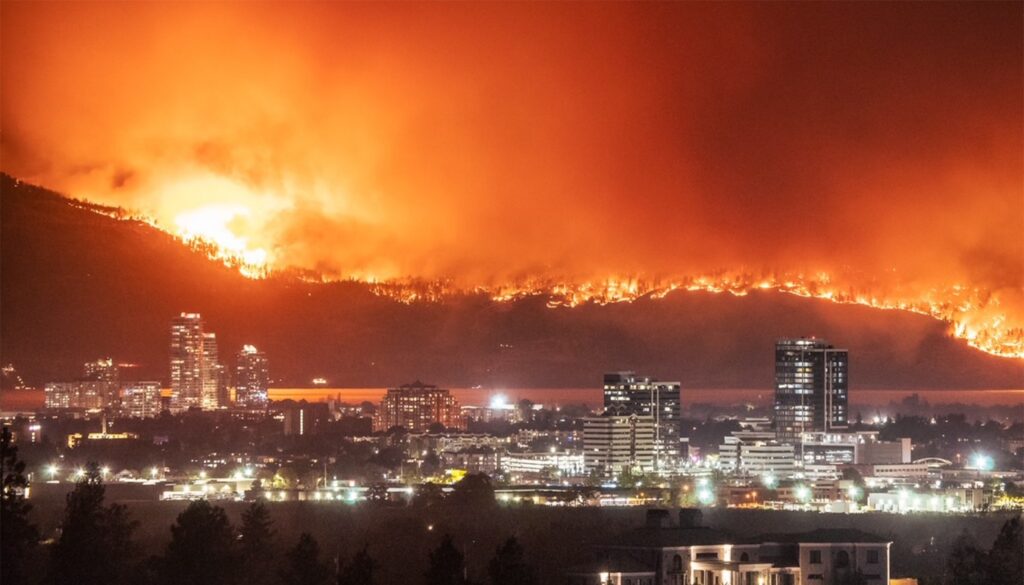Introduction
The Okanagan Valley, famous for its breathtaking landscapes and prime location, faces challenges from wildfires and droughts due to climate change. Despite these difficulties, the region experiences an annual population increase of over 10 percent. This year’s McDougall Creek wildfire, the largest in the Okanagan since 2003, served as a stark reminder of the ongoing threat. While fewer evacuations and property losses occurred compared to 2003, the impact remains significant. However, the Okanagan’s allure remains potent, attracting both buyers and developers. In this blog post, we’ll explore why.
The Desirability of the Okanagan
The Okanagan Valley is renowned for its picturesque landscapes, nestled between two stunning lakes. The region’s charm, combined with a regional airport housing firefighting aircraft, provides comfort to many residents and potential buyers. Few inquire about fire prevention programs, as the appeal of the area overshadows concerns about wildfires.
Developers’ Perspective
Jonathan Friesen, CEO of Mission Group, a residential developer based in Kelowna, has experienced evacuations in 2003 and again this year. While he takes wildfires seriously, this year’s blaze left no lasting damage in his neighborhood. This experience has boosted his confidence that potential buyers do not view wildfires as a major concern, as long as fires remain distant.
Mission Group is set to launch a new project, Alma on Abbott, a six-story wood-frame building in Pandosy Village, situated away from wildland interfaces. Stringent building codes and fire suppression systems further reduce risks. The continued interest from potential buyers indicates that recent wildfires are not deterring them.
Penticton, another Okanagan city, also experiences strong demand in its real estate market. Curt Jansen, VP of Sales and Marketing at Greyback Construction Ltd., reports steady demand despite rising interest rates affecting some deals. However, the pace of deals is slowing, signaling potential challenges ahead.
Insurance and Property Ownership
The 2023 wildfire season in the Okanagan has raised concerns about insurance coverage. An analysis by Landcor Data Corp. indicates that 44 percent of properties in West Kelowna were impacted by evacuation alerts or orders. This could lead to higher insurance costs or limited coverage, affecting property prices and lending conditions.
The Insurance Bureau of Canada reminds property owners to review their insurance coverage to ensure they have adequate protection against extreme environmental conditions.
Reconstruction and Housing Demand
While wildfires can devastate communities, they also create opportunities for reconstruction and economic growth. After the 2003 wildfires, the construction industry experienced a surge in activity, contributing to the community’s economic boom. A similar dynamic is expected this year, but supply chain issues and other factors may complicate the reconstruction process.
The City of West Kelowna faces a housing shortage, with a need for hundreds of new units by 2031. Rising development costs and lengthy approval processes have hindered non-market and rental projects.
Conclusion
Despite the challenges posed by wildfires and drought, the allure of the Okanagan Valley remains strong for buyers and developers. The region’s desirability and proactive measures taken by developers and authorities mitigate concerns about wildfires. While insurance and reconstruction issues are on the horizon, the Okanagan’s charm and resilience continue to attract those seeking to call this picturesque region home.
Please contact Jared Gibbons, your local realtor, should you have any questions!


